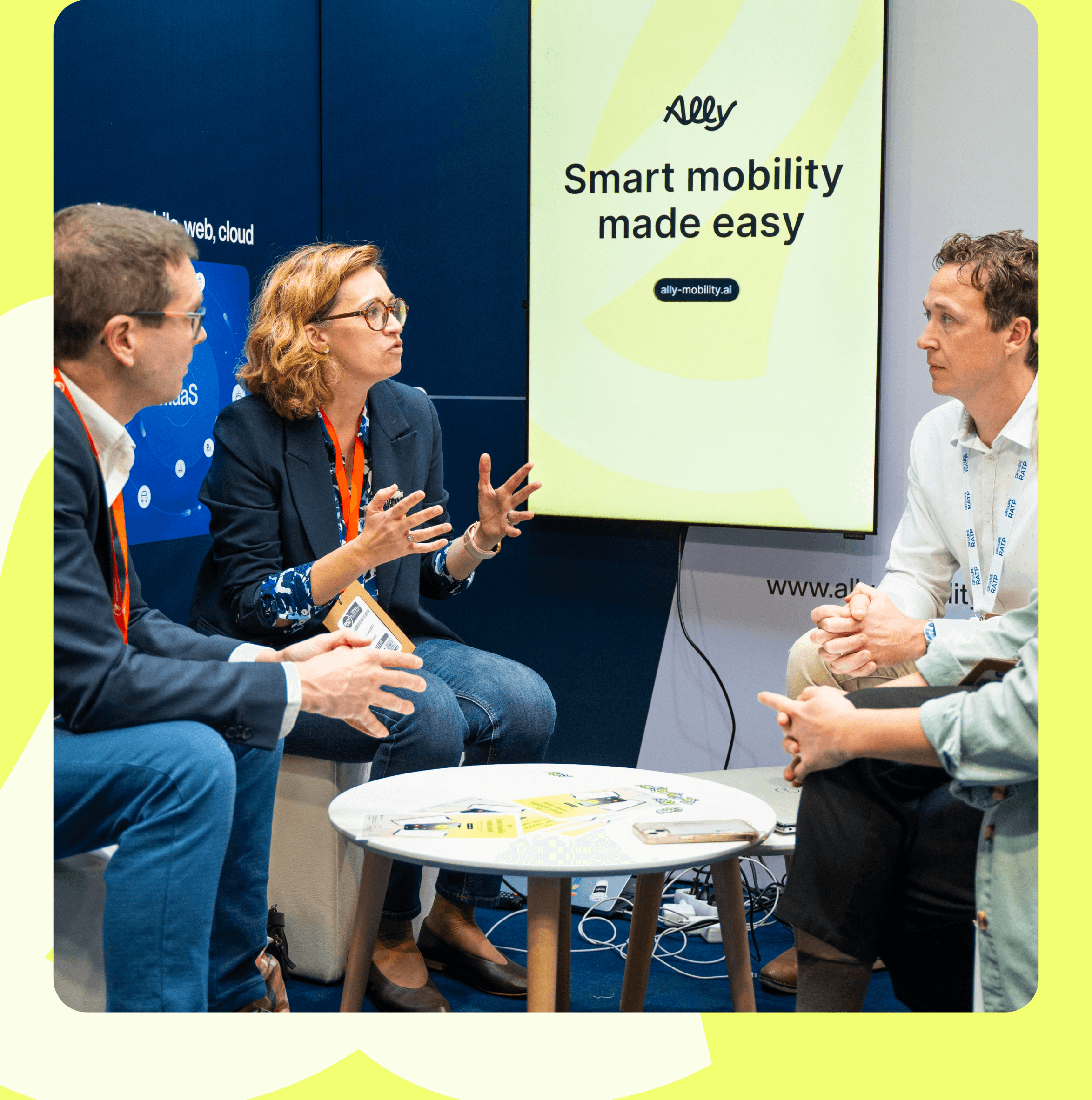Introduction
Public transport networks – buses, trams, subways, regional trains – are at the heart of the challenges of sustainable and inclusive mobility. However, operators now face multiple challenges: passenger experience, digitalization, interoperability, real-time data, inclusion, and cost optimization. In this context, conversational AI and new technologies are becoming strategic levers to transform mobility.
Enhance the traveler experience
Users expect seamless and personalized services, comparable to those of e-commerce or online banking.
Real-time information: know immediately the traffic status, disruptions, or alternatives.
Omnichannel: access the same information via an app, a website, WhatsApp, or even a phone call bot.
Ease of use: ask a question in natural language (“Which tram passes here?”) and get a clear, immediate response.
Operators must rethink their digital channels to ensure a seamless and continuous passenger experience.
Manage the complexity and interoperability of systems
Networks already have a rich ecosystem: SAE (System for Operational Assistance), tickets, route planners, CRM, mobile applications. The problem: these systems are often fragmented.
The standard GTFS/GTFS-RT (General Transit Feed Specification) facilitates the dissemination of schedule and real-time data.
But to deliver an integrated experience, platforms capable of orchestrating these technical components are needed.
The key issue is interoperability: breaking out of silos to build a coherent MaaS (Mobility as a Service).
Reduce the burden on user relationship channels
Call centers, service desks, or social media are overwhelmed with repetitive requests: schedules, disruptions, transport tickets.
This generates high operational costs.
Support teams spend less time on complex cases.
Intelligent automation (chatbots, callbots, dynamic FAQs) helps to while improving customer satisfaction.
Ensure inclusion and accessibility
Networks already have a rich ecosystem: SAE (System for Operational Assistance), tickets, route planners, CRM, mobile applications. The problem: these systems are often fragmented.
The standard GTFS/GTFS-RT (General Transit Feed Specification) facilitates the dissemination of schedule and real-time data.
But to deliver an integrated experience, platforms capable of orchestrating these technical components are needed.
The key issue is interoperability: breaking out of silos to build a coherent MaaS (Mobility as a Service).
Responding to economic and environmental constraints
Operators face:
Growing budget pressure.
Strong expectations regarding decarbonization and sustainable mobility.
Well-integrated digital innovation must enable a quick ROI: reduced support costs, operational efficiency, and improved network attractiveness.
The role of artificial intelligence in mobility
Conversational AI is becoming an essential component of transport networks.
Chatbots for real-time information.
Callbots for users who prefer to use the phone.
Multichannel conversational agents to orchestrate data and support each user in their context.
With LLMs (Large Language Models) and specialized NLP (Natural Language Processing) in mobility, AI makes information more intelligent, proactive, and accessible.
Conclusion
Mobility stakeholders face a complex equation: satisfy demanding travelers, modernize their digital infrastructures, reduce their costs, and ensure inclusion.
Solutions like Ally – Smart mobility made easy provide a concrete response: a multi-channel conversational AI, integrated with existing systems (GTFS, SAE, ticketing), which simplifies the traveler experience and optimizes the operator-user relationship.
The future of mobility will be intelligent, inclusive, and user-centered. Operators who can activate these levers from today will gain a competitive edge.
To learn more, feel free to consult the article "MaaS Platforms, AI, Modularity: Rethinking Public Mobility through Service" on the BeTomorrow website.
Resources





